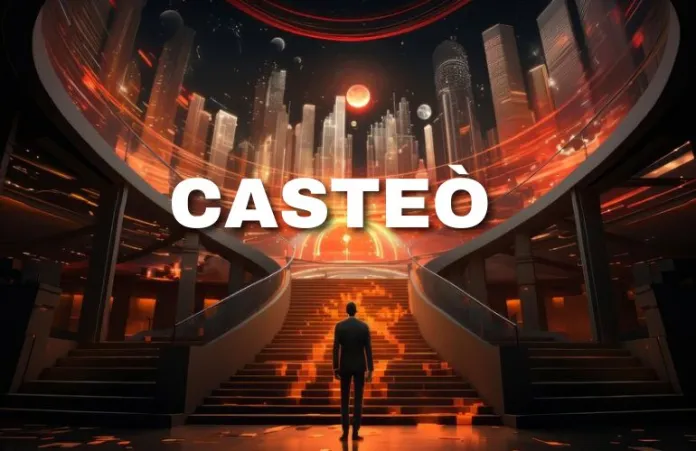Casteò, a term derived from the Portuguese word “casta,” refers to a social stratification system based on birth, occupation, and lineage. While its origins lie in South Asia, similar social hierarchies exist in various parts of the world. This article dives into the concept of casteò, exploring its history, impact, and ongoing challenges.
A Look Back: The Origins of Casteò
The roots of casteò can be traced back to ancient India, where it emerged as a way to organize society. Initially, casteò delineated roles within communities, with different castes performing specific occupations. Over time, the system became rigid, with birth determining an individual’s caste and limiting social mobility.
Here’s a simplified breakdown of the traditional caste system in India:
- Brahmins: The priestly and intellectual class
- Kshatriyas: The ruling and warrior class
- Vaishyas: The merchant and agricultural class
- Shudras: The working class
- Dalits (Untouchables): The lowest caste, historically excluded from mainstream society
It’s important to remember:
- This is a simplified view, and there are numerous sub-castes within each caste.
- The concept of casteò is more nuanced than just occupation.
The Many Facets of Casteò: Impact on Society
Casteò continues to shape societies in profound ways. Let’s explore its influence on various aspects of life:
- Social Structure: Casteò dictates social interactions, influencing who you can marry, befriend, or even live near. Hierarchical divisions create social norms and expectations, impacting individual identities and community dynamics.
- Economic Opportunities: Casteò plays a significant role in economic structures. Certain castes have historically been denied access to education, resources, and economic opportunities. This perpetuates poverty and hinders social mobility.
- Political Landscape: Casteò intersects with politics, influencing voting patterns and representation. Political parties often leverage caste for mobilization, impacting election outcomes and policy decisions.
Here’s a table summarizing the impact of casteò:
| Aspect of Life | Impact |
|---|---|
| Social Interactions | Restricted social circles, limitations on marriage options |
| Education | Unequal access to education, perpetuating social inequalities |
| Employment | Discrimination in job opportunities, limited career advancement |
| Politics | Vote bank politics, hindering meritocratic governance |
drive_spreadsheetExport to Sheets
Challenges and Efforts Towards Reform
The caste system presents several challenges to creating a more equitable society. Here are some key points:
- Discrimination: Caste-based discrimination continues to exist, leading to social exclusion and violence.
- Affirmative Action: Policies aimed at uplifting marginalized castes can sometimes create resentment among other groups.
- Urbanization: While urbanization weakens the hold of caste in some ways, it can also create new forms of discrimination.
Efforts are underway to dismantle the caste system:
- Legislation: Laws prohibiting caste-based discrimination have been enacted in many countries.
- Education: Promoting awareness about caste and its negative impacts is crucial.
- Affirmative Action: Policies providing opportunities for marginalized castes can help bridge the gap.
- Social Movements: Grassroots movements advocating for equality and challenging caste stereotypes play a vital role.
FAQs on Casteò
- Does casteò exist?
caste-like systems are found in various parts of the world, including Africa, Japan, and the Americas.
- Is caste the same as race or class?
Caste, race, and class are interrelated but distinct concepts. Caste is primarily determined by birth, while race is based on physical characteristics, and class is based on socioeconomic status.
- What can individuals do to challenge casteò?
Educate yourself and others about the caste system and its effects. Advocate for equality and challenge discriminatory practices. Support organizations working towards caste reform.
Conclusion: Moving Towards a More Equitable Future
Casteò is a complex and enduring social structure. While significant progress has been made in dismantling its oppressive aspects, much work remains. By promoting education, enacting anti-discrimination laws, and fostering social movements, we can move towards a more equitable future where everyone has the opportunity to thrive.
Remember:
- Caste is a sensitive topic. Be respectful when discussing it.
- There are ongoing debates and discussions surrounding caste. Stay informed and engage in constructive dialogue.
This article provides a basic understanding of casteò. Further research can offer deeper insights into this multifaceted issue. Let’s work together to create a more inclusive and just society for all.



